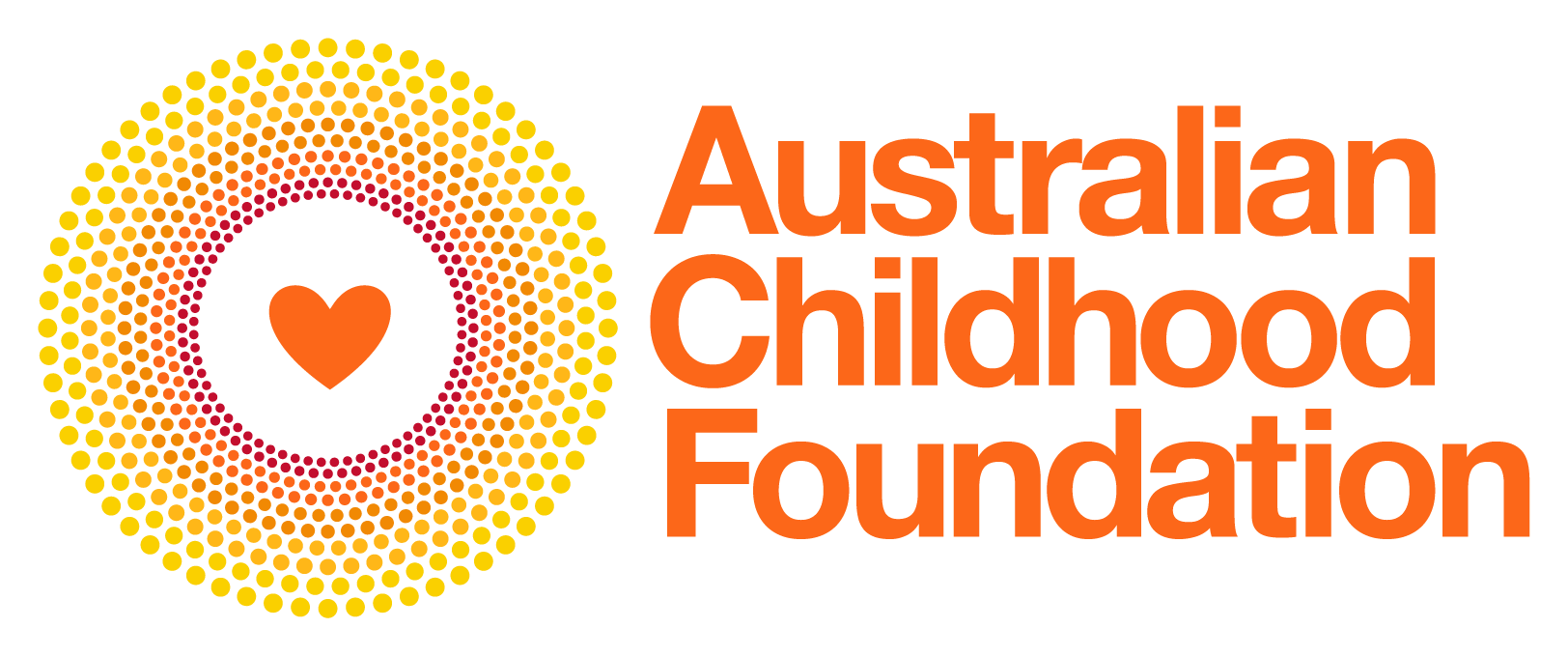Movement and Brain Development: Somatic and Embodied Integration for Trauma Recovery and Healing
Learn to apply practical tools and strategies to support recovery for children and young people using body-based interventions.
What is this workshop about?
This training explores the relationship between movement, brain development, interoception, sensory information, and trauma recovery, highlighting how body-centred practice supports emotional and neurobiological regulation and healing. Participants learn the science of movement in brain development and its application in trauma recovery through somatic integration and embodied practices, ultimately fostering resilience and self-regulation.
Participants will learn how trauma disrupts the body-brain connection and why restoring this through mindful, movement-based practice is essential. The workshop includes the foundations of body/brain development and somatic integration – which inform the practice of re-establishing a safe, balanced relationship between the body and emotions. Guided movement and awareness techniques are explored in the application of this knowledge.
Learning outcomes
By attending this workshop you will:
- Explore the role of movement in brain development, sensory processing, and emotional regulation, particularly in the context of trauma.
- Gain insight into how trauma affects body awareness, the senses and nervous system function. Learn somatic integration techniques that promote safety and reconnection with the body.
- Develop skills in guiding trauma-affected individuals in movement-based, embodied practices that encourage self-regulation, emotional release, and safe reconnection with their physical sensations.
- Understand Interoception in the promotion of resilience and self-regulation through the development of interoception activities.
What difference will this make to your practice?
This workshop provides a practical and experiential exploration of these body-based interventions.
It is suitable for all professionals working with children and young people who have experienced abuse, violence or neglect and is ideal for therapists, educators, and trauma support professionals seeking a deeper understanding of the body-brain connection and how movement can enhance trauma healing and overall wellbeing.
Movement and Brain Development: Somatic and Embodied Integration for Trauma Recovery and Healing
| Name | Start Date | Time | Location | Cost | |
| Movement and Brain Development: Somatic and Embodied Integration for Trauma Recovery and Healing | 18 September 2025 | 10:00 am - 02:00 pm | Online | $220.00 |
All course and workshop times are displayed in Melbourne, Sydney and Canberra time zones. Please ensure you convert the time to your current time zone. All workshop payments must be made by Credit Card at the time of registration to ensure you secure a place. For assistance with group bookings of between 5 to 10 registrations into the same workshop date, please contact us on support@childhood.org.au
Can’t find what you’re looking for? Or have a question about this session?
We are always working to meet our needs. If we don’t currently have a workshop date displayed or it’s full, please register your interest in this workshop by completing the following enquiry form. Otherwise, if you have a question about this workshop feel free to contact us using the enquiry form also.
Are you looking for more specific training?
For more advanced bespoke trainings or large group bookings (above 10 registrations) we are happy to work together to develop something to meet your needs. Complete the form to register your interest, and we will contact you as soon as we can.
